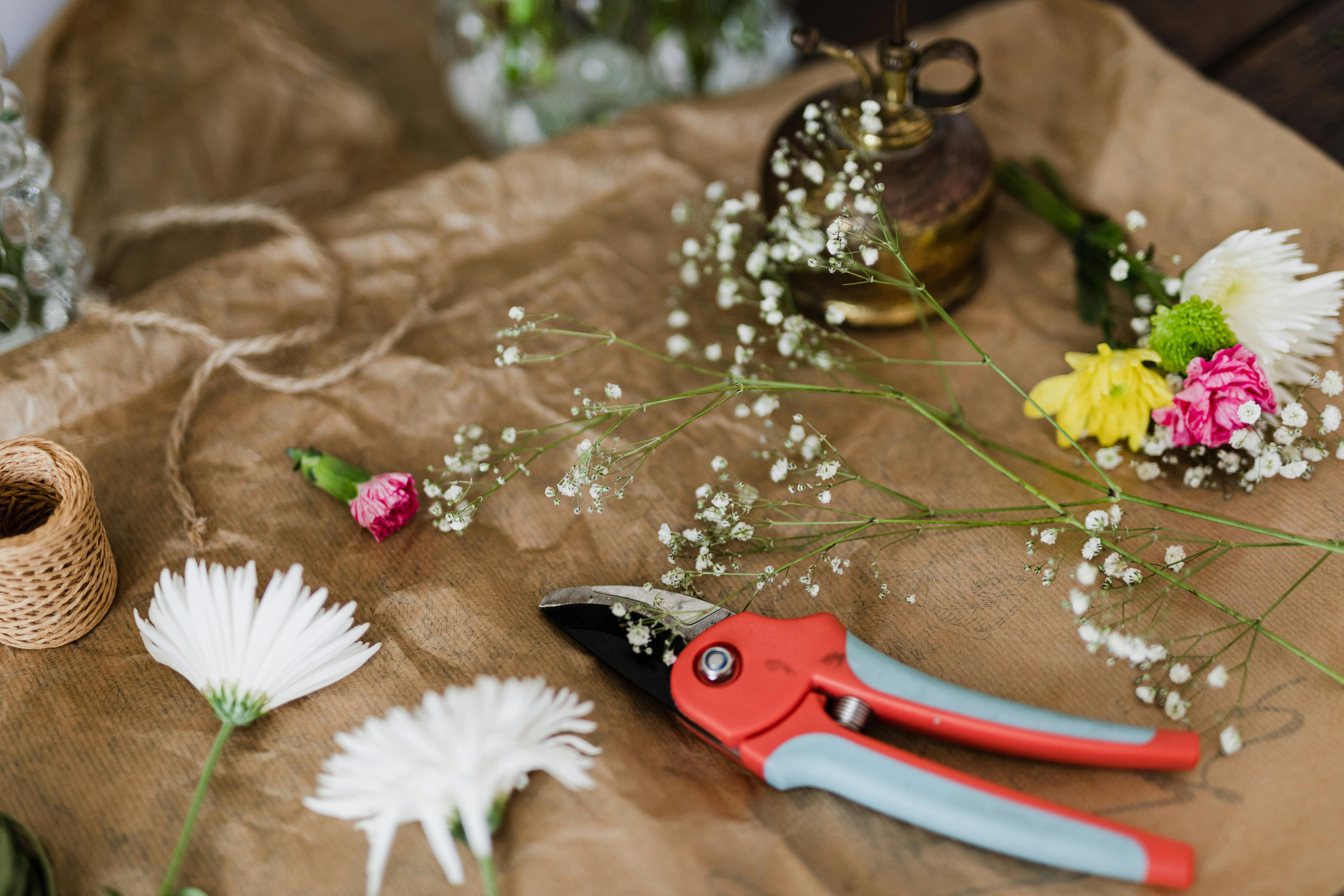The use of silver dates back to 3000 BC. C. The ductile and malleable metal has a metallic luster that is bright white when pure. Pure silver is a very good conductor of electricity and heat.
While it is more affordable, compared to platinum and gold, it is also comparably expensive in its pure state to other types of silver. Other types of silver include German, oxidized, and sterling silver.
It is renowned for its special sound and resonance. As a result of this, many brass instrument producers often produce sterling silver musical instruments. Major saxophone producers such as Yanagisawa, P.Mauriat, and Selmer used sterling silver to produce a significant number of saxophones. These producers are of the opinion that saxophones made of sterling silver produce more sound and better resonance compared to saxophones made of other metals.
Due to the fact that it contains 92.5 silver, jewelry and other products made from sterling silver are marked ‘925’ to recognize them. Many jewelry makers enjoy working with sterling silver to produce jewelry ranging from pendants and necklaces to rings and bracelets. This is due to the fact that it is just as attractive as any other or more expensive silver jewelry, while its price range remains affordable.
The appearance of sterling silver is impeccably white and brilliant in its new phase. As time passes, it can darken and become dirty, leading to some loss of shine. Pure silver does not tarnish easily as it is not affected by moisture or air. However, it could be affected by sulfur or hydrogen sulfide.
To reduce how quickly your silver is affected by scratches or other forms of damage, it is recommended that you store your jewelry, made of sterling silver, in bags or cloths that have the ability to prevent tarnishing. This type of bag or cloth prevents jewels, made of sterling silver, from rubbing against other harder jewels that could scratch them. This slows down the damage rate. It is also important that you store your jewelry, made of sterling silver, in a dry and cool place.
Do not allow chemicals such as ammonia or bleaching agents to touch your jewelry. You should also remove them if you want to use the pool, as chlorine in pool water can damage silver.
You should also strive to regularly wipe your jewelry with a clean, soft cloth after each use. This will remove sweat, dirt, and dust from every part of the jewelry. Polishing cloths are the most recommended for this purpose.
Do not use toothpaste to clean jewelry as it is abrasive. This can result in scratches.
You should avoid a tarnish buildup on your sterling silver jewelry by cleaning and wearing it often. Cleaning them as soon as you notice any tarnish helps prevent a buildup of tarnish, this would be more difficult to clean.
When you continuously wear your jewelry for a long time, a form of patina begins to appear which is beautiful and shines in dark areas. You can leave it like that if you love the look. If not, you can restore the real look by polishing it.
With good regular care, you can use your sterling silver jewelry for a long time.
